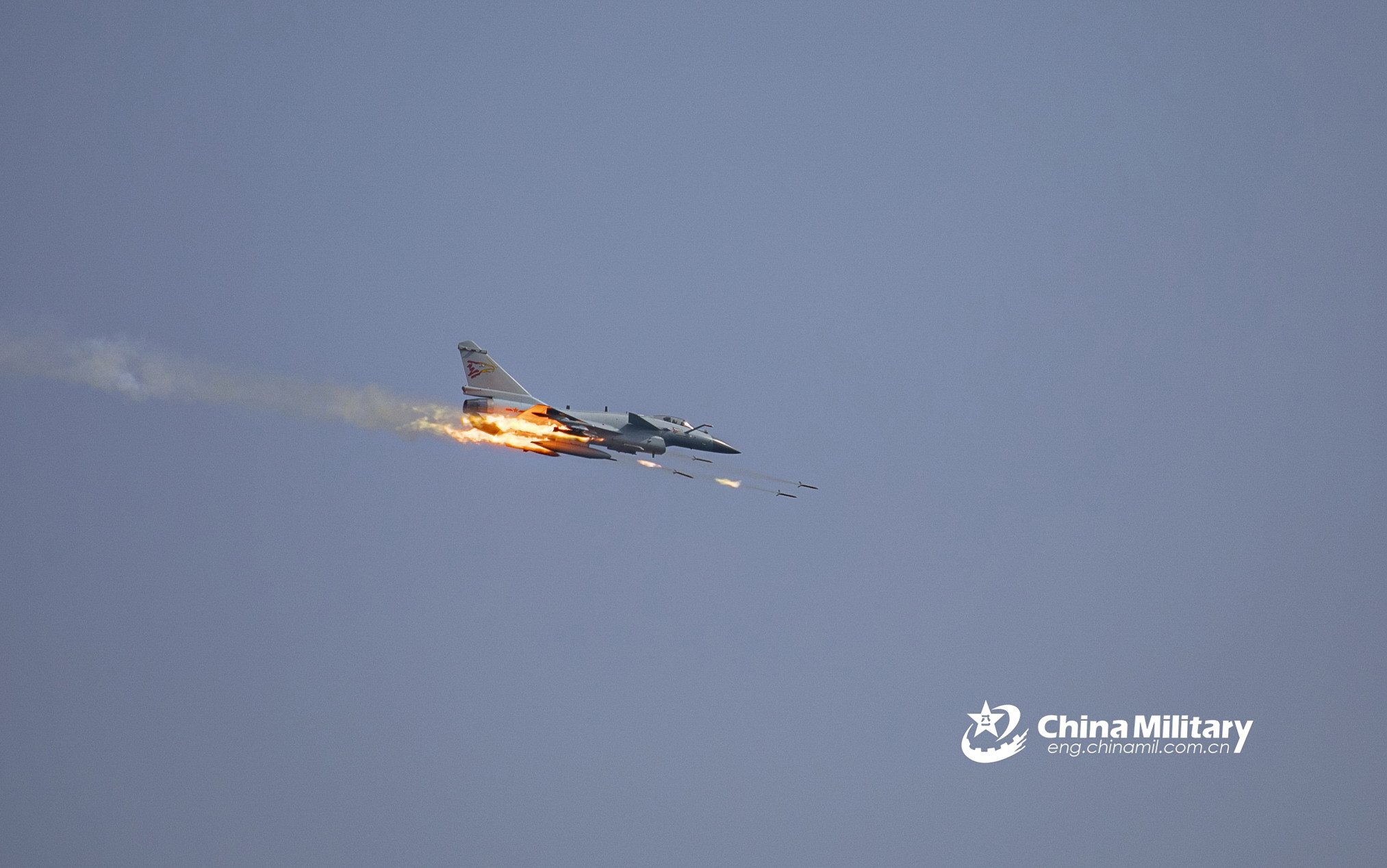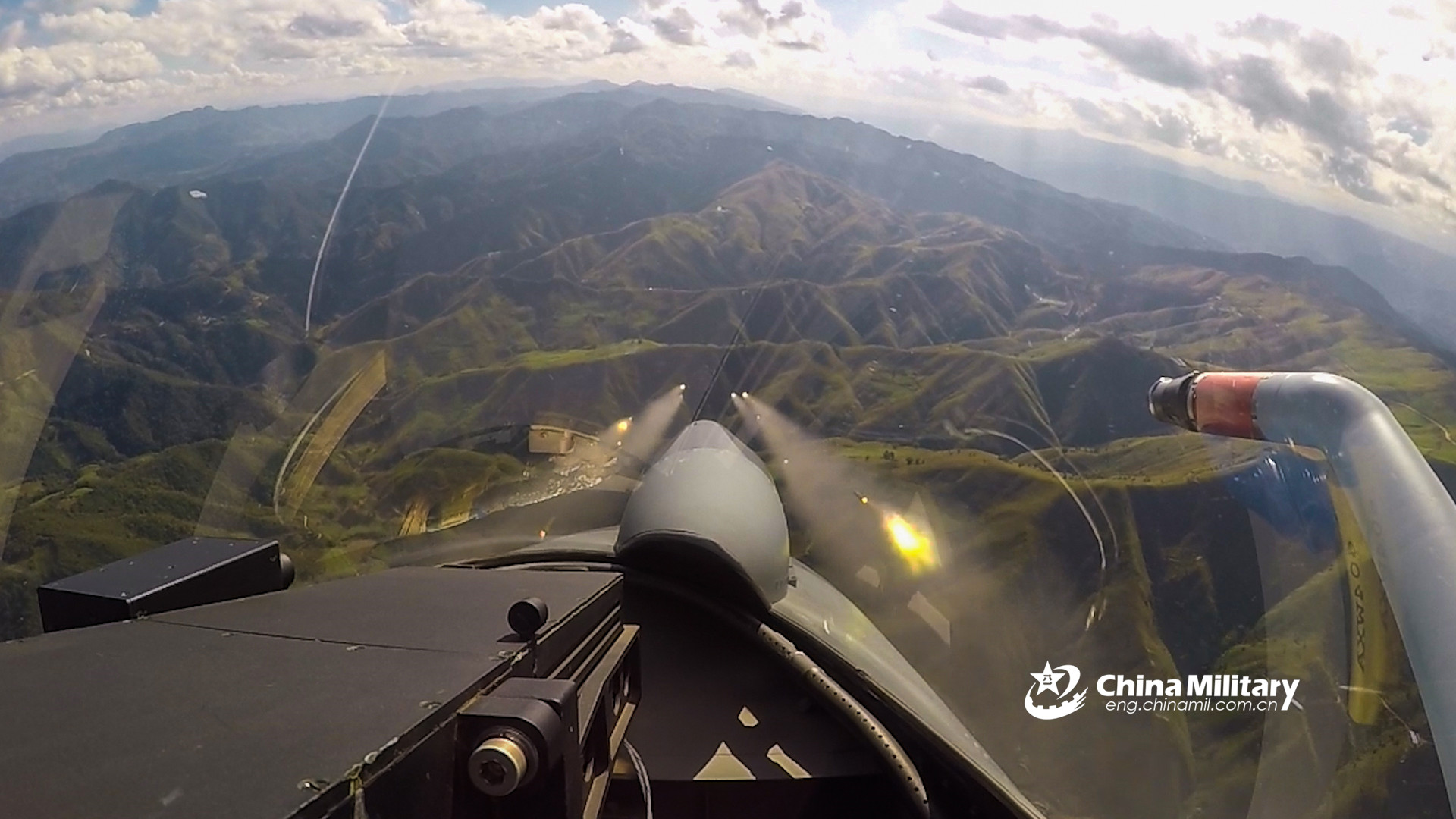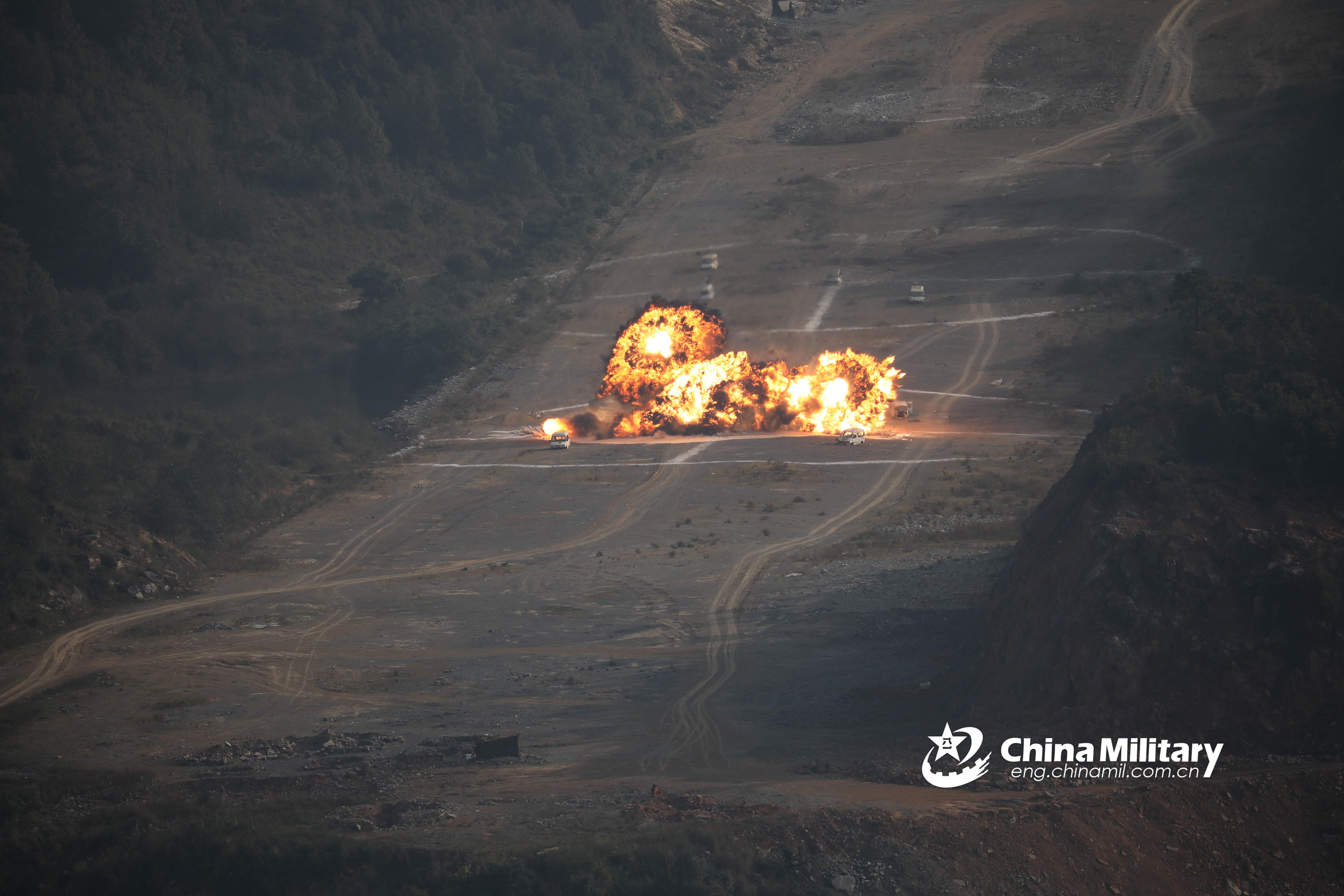plawolf
Lieutenant General
They should definitely be 500 kg class bombs as they appear to be 3 m long. 250 kg ones are generally closer to 2 m long than 3 m, and 1000 kg bombs are usually visibly fatter while still longer at some 3.3 m.
Why even train with this configuration, though? How often will the situation allow carefree low level flights? Which would be the only way unguided bombs could even remotely get half-decent precision. That includes the (likely) possibility there's some sort of computer controlled autopilot bombing mode available, where various data like wind, altitude, speed of plane, angle of plane, GPS derived position over target and exact to the millisecond release would all be done by computer. (something similar to what Russians use with their SVP-24 system.
Edit: of course, I jest to a degree. Unguided bombs are still valuable enough, and one should train to use them. Especially when your planes aren't stealthy, going in low and delivering those bombs from low altitudes is a viable, though dangerous, tactic.
That beind said; it's a bit bewildering that PLAAF is basically entering the year 2020 and to date they have not shown any sort of a guided bomb save for laser guided ones for J10/J16/JH17. And even those LGBs don't seem to be terribly widespread.
Are there any close up photos of those newer LGBs, so one can possibly look for GPS receiver on them?
If the low penetration mission is something PLAAF is seriously considering, then they might want to invest into a bomb similar to the french AASM or any other kind of a rocket powered bomb. Of course, even an unpowered bomb lobbed at mach 0.9 will have some sort of stand off range, but without terminal guidance that won't be helpful delivery profile.
Don’t knock iron bombs. Only 10% of the bombs used during Desert Storm were PGMs.
Even back in the early 90s, computer assisted launches of iron bombs were able to achieve pretty respectable accuracy that were well within the lethality radius of the bombs.
In terms of risk to aircraft, iron bombs are actually safer for fighters to deliver compared to LGBs.
With iron bombs, once the launch aircraft drops them, their involvement ends and they are free to RTB or perform evasives. OTOH, unless you have ground forces lazing targets for you, a fighter would need to keep a target painted with his laser until impact. That makes the aircraft more vulnerable in contested airspace.
As for pictures, well the PLA is very sensitive about showing off offensive weapons. There are precious few official pictures of any PLA aircraft with offensive weapons loads.
That is a deliberate policy choice, so the lack of photos of PLA aircraft with PGMs should not be taken as evidence of a lack of such weapons in Chinese inventories.
But given the threat environment China faces, I think the PLA’s primary strike weapons are going to be long range stand-off weapons; supplemented by UCAVs for high value close quarters precision work.
China’s fast jets would primarily be tasked to clear the skies of opfor air power and for launched stand-off strikes.
Once enemy air and air defences have been suitably neutralised, dropping iron bombs from fast jets would pretty much be just as effective as LGBs, but only at a fraction of the cost per bomb.
Oh, and when fastjets do that, they will be operating at medium to high altitude, above the effective ranges of MANPADS and most AAA.




